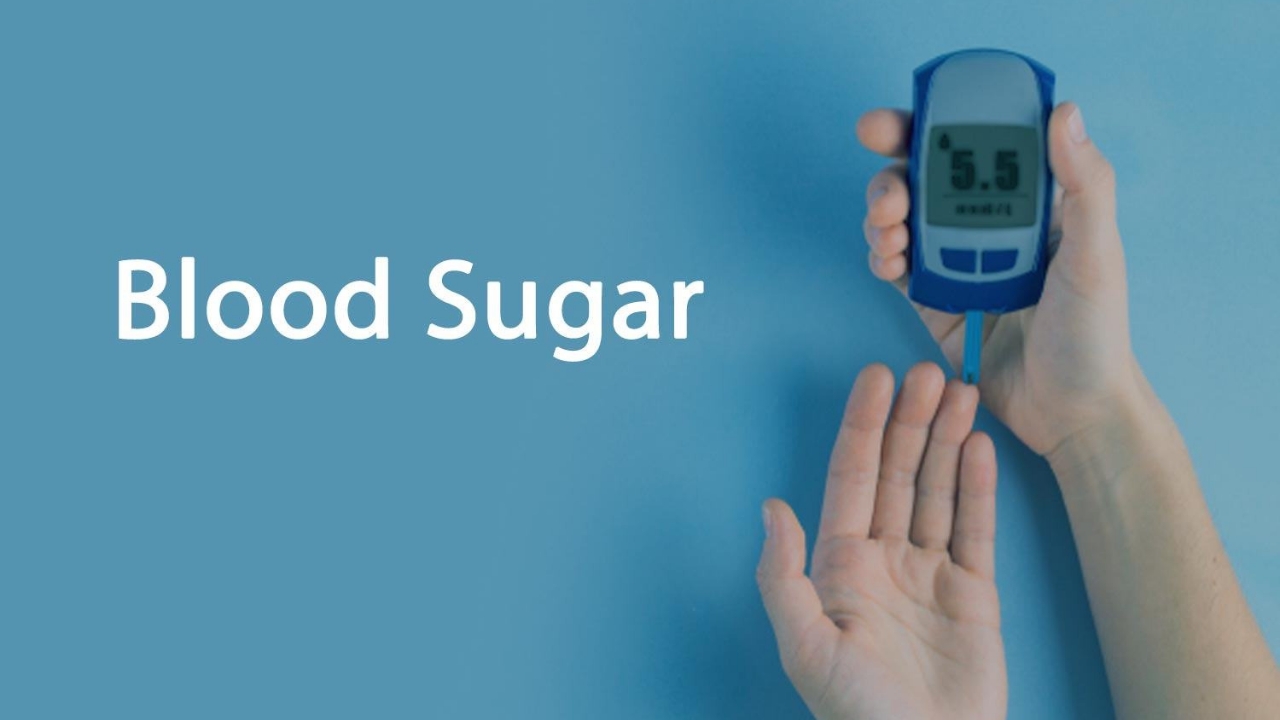In case of an emergency, keep a medical ID or prescription with you that shows you have diabetes. Make sure you have a handout about hypoglycemia (low blood sugar). This will assist you in informing air crews of what to do in the event of a sudden dip in blood sugar.
Insulin should not be kept in checked luggage since it may be impacted by changes in temperature and cabin pressure. If you’re using an insulin pump, let the security staff know.
Maintain a supply of nutritious snacks in case your dinner is delayed or the meal supplied lacks sufficient complex carbs and protein.
Only inject insulin when the cabin staff with the serving tray comes down the aisle. If you take your insulin too early, the time it takes for your food to reach you may cause a dip in blood sugar.
Oral medicine does not need to be taken at the same time as insulin. If you’re on a twice-daily sulphonylureas regimen, it’s probably safer to skip a dosage than to take two doses at once and risk low blood sugar. Patients on SGLT2 inhibitors (gliflozins), DPP4 inhibitors (gliptins), or metformin can keep doing what they’re doing.
1) Healthy snacks like almonds, roasted makhana, roasted chana murmura, seeds, and other seeds can be packed as mid-meal snacks.
2) Drink coconut water, buttermilk, or simple lemon water instead of cold drinks and sweetened beverages.
3) Stick to food and medication schedules.
4) Each meal should include both protein and veggies.
5) Nutrition information is available in most restaurants; examine the carb and fat amount of the items you wish to consume.
6) Fill your plate with veggies, lean meats or meat alternatives such as soya/low-fat paneer/legumes, and nutritious grains.
7) Most restaurants can tailor your food to your specific requirements and make it healthier for you.
8) Limit your intake of flour, sugar, fried foods, baked goods, and sweetened beverages.

 हिंदी
हिंदी






